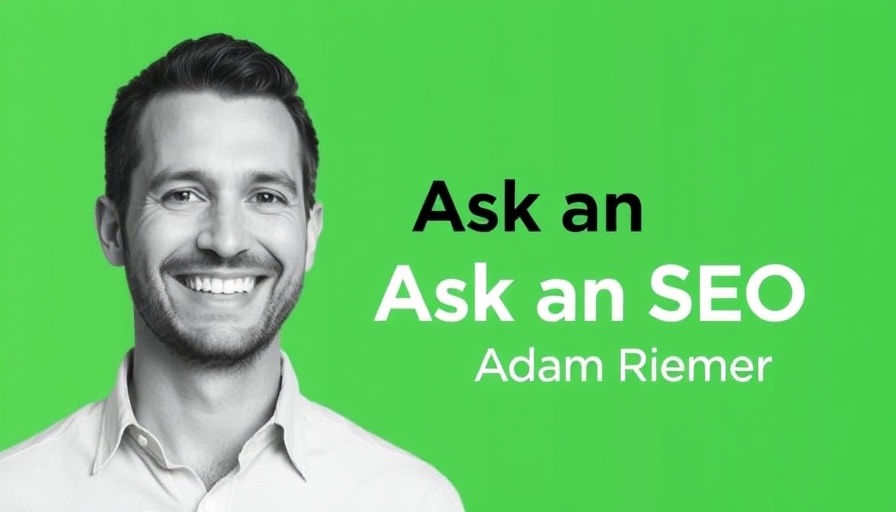
Understanding Keyword Fluctuations in SEO
When it comes to search engine optimization (SEO), the journey to achieving lasting keyword visibility can often be puzzling. One such case comes from Jubi in Kerala, who experienced an initial uptick in keyword rankings after updating page content, only to see those keywords drop back to zero weeks later. This raises an essential question: What factors could contribute to such fluctuations in keyword performance?
Identifying Core Issues Beyond Content
While Jubi's content was crafted with care, focusing on user engagement and keyword incorporation, the underlying issues may reside in broader aspects of the website itself. SEO extends beyond mere words; it encompasses website code, user experience, and how third parties represent the brand. Elements like site health and over-optimization can dramatically influence search rankings. If keyword performance wanes, it’s often not just the content that needs tweaking, but a comprehensive site overhaul to enhance user experience and algorithmic compliance.
The Importance of Cultural and Linguistic Relevance
SEO is increasingly about understanding your audience and regional nuances. Jubi’s website, primarily using U.S. English, may not cater effectively to its target audience in Kerala, where local searches predominantly occur in Malayalam. This mismatch could hinder visibility. To better serve local clients, implementing bilingual content can expand reach and improve engagement. A localized approach to keyword usage and PPC campaigns, as seen in other global markets, could significantly improve conversion rates.
The Role of Schema Markup
Schema markup is another tool that can enhance search results and provide context about a business. For local firms, leveraging service schema can help define the areas served, improving relevancy in local searches. Ensuring schema is correctly implemented can be a game changer for businesses looking to rise in rankings.
Clean Website Code for Better Optimization
Another notable point for Jubi is the site’s history of being hacked. If low-quality or irrelevant pages were added post-attack, they could still linger adversely affecting SEO performance. Addressing these lingering concerns—404 pages should be managed, while 410 responses are appropriate for removed content—can help clear up search engine confusion and prioritize high-value content.
Forward-Looking Strategies for SEO Success
Understanding these facets can prepare businesses for the future of technology and SEO strategies. As algorithm updates continue to evolve, so will the necessity for strong, well-rounded SEO practices. By focusing on technical SEO, relevant content, and user-friendly design, sites can nurture a sustainable presence in search results. Engaging in regular optimization checks and keeping current with the latest trends will yield the best results in a landscape where search dynamics frequently shift.
So, what does this mean for Jubi and others facing similar challenges? The key takeaway is to not limit the understanding of SEO to content alone. Embrace the entire ecosystem around a website, utilizing technology insights, innovative strategies, and tactical adjustments to navigate the search landscape with confidence.
 Add Row
Add Row  Add
Add 




Write A Comment